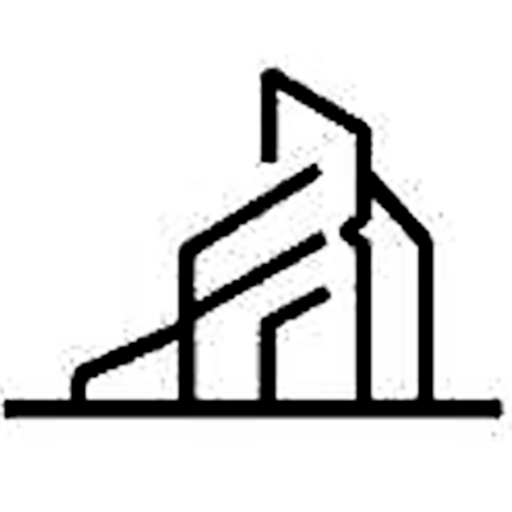Fibreboard, also known as fiberboard, has been a popular building material for decades. It is made from wood fibers that are combined with synthetic resins and pressed into sheets. Fibreboard comes in various forms, including fibreboard behind siding, vintage fibreboard, veneer fibreboard, and ultra-light fibreboard. While fibreboard has its benefits, there are concerns about its safety, particularly when it comes to indoor air quality.
Fibreboard Behind Siding: When fibreboard is used as an exterior sheathing material, it can trap moisture between the siding and the fibreboard. This can lead to mould growth and potentially harmful health effects for those who live or work in the building. It is essential to ensure proper ventilation and to regularly inspect the area for any signs of water damage or mould growth.
Vintage Fibreboard: Older homes may have vintage fibreboard walls or ceilings that contain asbestos, a known carcinogen. Asbestos fibres can become airborne when the fibreboard is disturbed or damaged, posing a serious health risk. If you suspect your home contains vintage fibreboard with asbestos, it is crucial to have it professionally removed or encapsulated to prevent exposure.

Veneer Fibreboard: Veneer fibreboard is a thin layer of decorative wood applied to the surface of fibreboard. While it does not pose a direct health risk, the adhesive used to attach the veneer can release volatile organic compounds (VOCs) into the air. Over time, exposure to VOCs can cause eye, nose, and throat irritation, as well as headaches and nausea. Proper ventilation and regular cleaning can help mitigate these effects.
Fibreboard Co. Ltd: The manufacturer of fibreboard products has a responsibility to produce safe and high-quality materials. However, some companies may use substandard materials or processes that can result in the release of harmful chemicals. It is important to research the reputation and track record of any company before purchasing their fibreboard products.
Ultra Light Fibreboard: Ultra light fibreboard is a type of fibreboard that is designed to be lightweight and easy to install. However, like other types of fibreboard, it can still contain VOCs and may contribute to poor indoor air quality if not properly ventilated. Additionally, improper installation can lead to gaps or voids where moisture can accumulate and mould can grow.

In conclusion, while fibreboard has its advantages as a building material, it is essential to be aware of potential health risks associated with its use. Proper ventilation, regular maintenance, and responsible manufacturing practices can help reduce these risks and ensure that fibreboard remains a safe and effective option for builders and homeowners alike.


